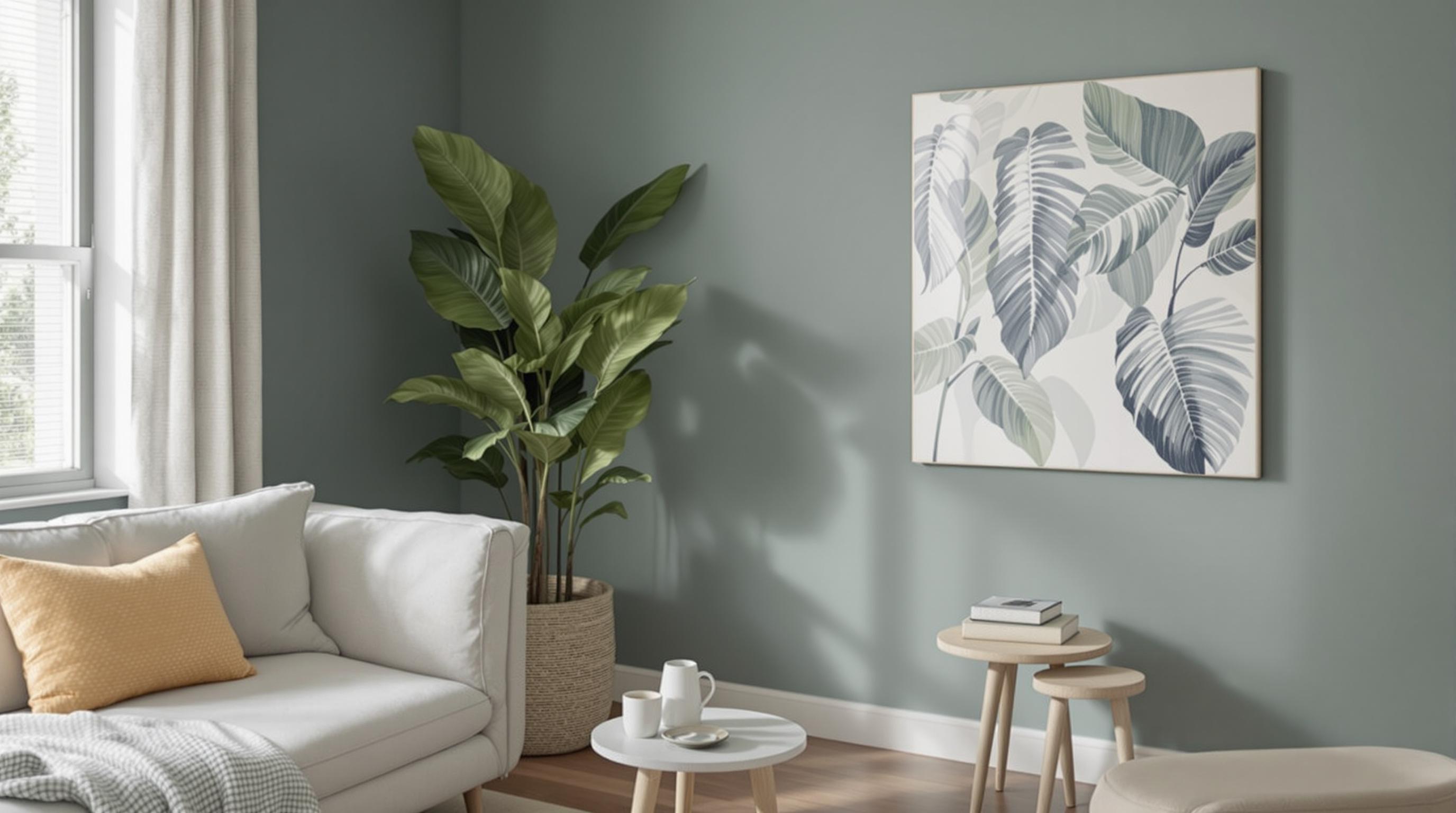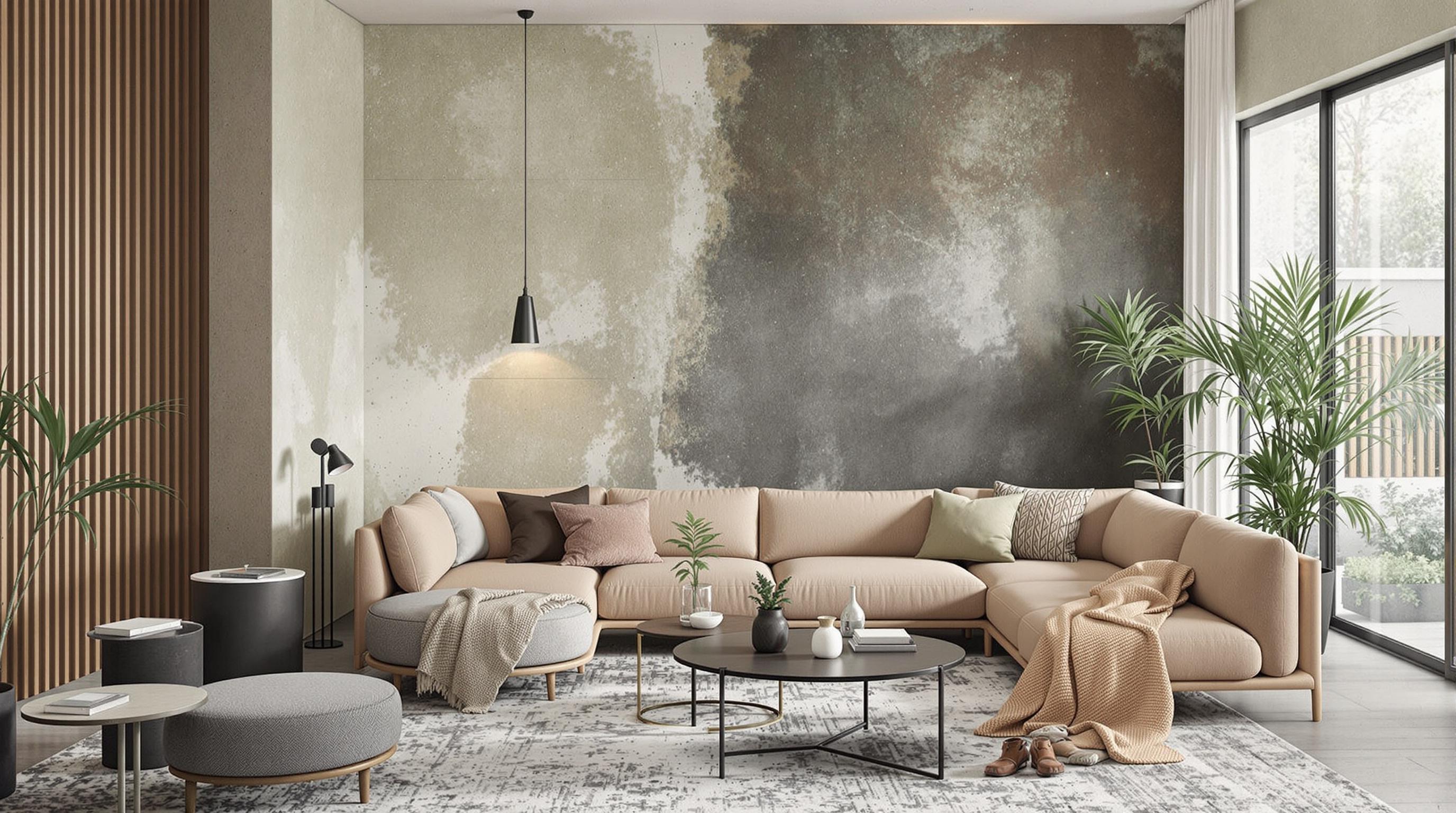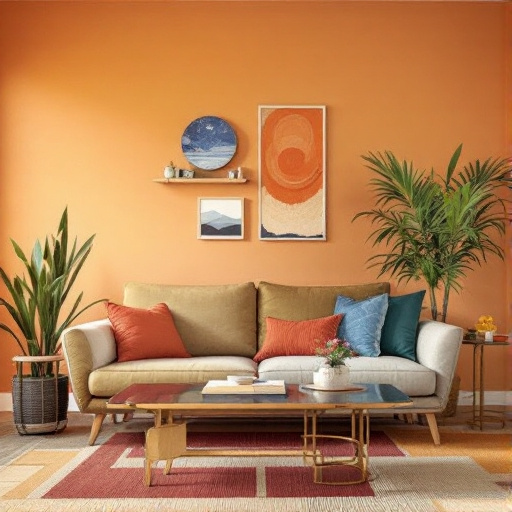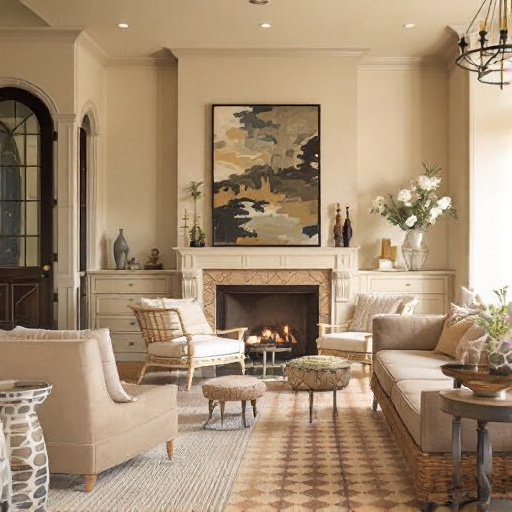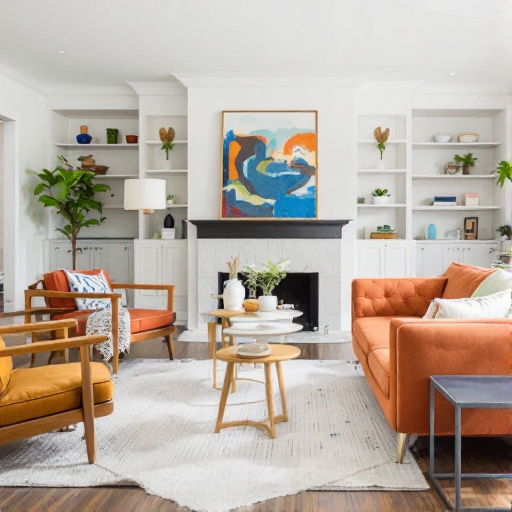Featured Articles
- "Beyond Beige: Unconventional Color Schemes That Challenge Traditional Home Design Norms"
- "Beyond Neutrals: Embracing Unconventional Color Pairings for a Bold Home Makeover"
- "Beyond Neutrals: Exploring the Psychology of Unconventional Color Pairings in Home Decor"
- Color Psychology: How House Paint Choices Impact Mood and Relationships in Unexpected Ways
- How Microclimates Indoors Influence Color Choices and the Subtle Energy Flow in Living Spaces
The Psychology of Color: How Unconventional Hues Influence Mood and Harmony in Home Design
The Psychology of Color: How Unconventional Hues Influence Mood and Harmony in Home Design
The psychology of color plays a pivotal role in how we feel and interact with our environments. Unconventional hues can evoke powerful emotions, foster a sense of harmony, and even influence productivity in home design.
Understanding Color Psychology
Have you ever walked into a room and instantly felt at ease or, conversely, a bit anxious? It turns out the colors surrounding us have a profound impact on our psychological state. According to a study conducted by the Institute for Color Research, people make a subconscious judgment about a person, environment, or product within 90 seconds of initial viewing, and between 62% to 90% of this assessment is based on color alone.
Unpacking Unconventional Hues
When we think of home design, we often default to neutral tones: whites, beiges, and grays. However, unconventional hues like teal, mustard yellow, or even deep burgundy are making waves. These colors can invite creativity and enhance well-being. For instance, a bathroom painted in a soft pastel blue can induce tranquility, making it a perfect space for relaxation after a long day. Meanwhile, unexpected splashes of bright orange in the kitchen can foster a lively environment, perfect for those passionate about cooking and entertaining.
Case Study: The Impact of Color on Mood
A renowned study by the University of British Columbia found that participants responded differently to various colors. Those exposed to shades of blue showed higher levels of creativity in problem-solving tasks compared to participants in reddish hues, which tended to evoke dominance and control. This indicates how the choice of color can elevate or inhibit cognitive function—an essential factor in areas like home offices or creative spaces.
Color Trends in Home Design
So what colors are trending in home design today? In 2023, the use of rich, jewel tones has surged. Think emerald greens, sapphire blues, and deep purples that evoke a sense of luxury and sophistication. These shades can help create an inviting atmosphere while injecting personality into a home. Consider a living room adorned with a rich navy sofa against warm wood accents—a perfect balance of bold and comforting.
Impacts Beyond Aesthetics
The influence of color in home design extends beyond mere aesthetics; there's a tangible impact on our well-being. An interior designer from New York, Laura Bindley, shares a case with her client who had been struggling with anxiety. She recommended incorporating shades of lavender in the client’s bedroom. After a couple of weeks, the client reported feeling more peaceful and less anxious, bolstering the notion that color is not just about appearance—it's a crucial element of mental health.
Contrasting Colors for Harmony
While we often think of complementary colors as the way to go, contrasting hues can create a dynamic equilibrium in a space. For example, pairing a deep forest green with a bright coral can stimulate the eye and create a lively yet balanced atmosphere. The idea here is to select colors that play off each other, ensuring that they communicate harmony despite their differences.
Utilizing Color in Different Rooms
Each room in a home serves a different purpose, and the color palette can reflect this. Let's examine a few key spaces:
- Living Room: Warm neutrals with pops of lively color can make the space inviting and comfortable.
- Kitchen: Bright yellows or oranges can stimulate appetite and energy, making the cooking experience more enjoyable.
- Bedroom: Softer blues or greens can promote relaxation and peaceful sleep, perfect for winding down.
The Science of Color Temperature
Furthermore, color temperature can greatly influence the ambiance of a room. Warm colors—reds, oranges, and yellows—can create a cozy, intimate atmosphere, while cool colors—blues, greens, and purples—tend to evoke calmness and tranquility. Think about your favorite café: chances are it utilizes warm colors to create a welcoming environment conducive to socializing.
Inviting Nature Indoors
Natural colors inspired by the outdoors can significantly uplift mood and foster a sense of peace. Earthy tones of green, brown, and beige can connect individuals to nature, a concept supported by biophilic design principles. A study published in the *Futures* journal revealed that exposure to natural colors can reduce stress and enhance cognitive performance. By incorporating indoor plants and using natural shades in decor, you're not just beautifying your space—you're promoting a healthy mind!
Using Color to Create Zones
For those with open floor plans, color can help define different areas without physical barriers. For instance, painting one wall of a home office a rich burgundy can symbolize a transition from the communal area into a work zone, enhancing concentration and focus. This clever use of color can help establish boundaries in a multifunctional space while maintaining an overall flow in design.
Color Selection and Its Emotional Weight
Choosing the right color isn't merely about aesthetics or trends; it's also about understanding the emotional weight each color carries. For instance, while red can signify passion and energy, it can also evoke feelings of aggression if overused. In contrast, pink, associated with love and compassion, can be calming and inviting. Analyzing your emotional response to colors can guide your home design choices more effectively.
Engaging in Color Testing
Before committing to a color, consider engaging in color testing. Paint samples on your walls and observe them at different times of the day. This technique allows you to witness how light affects colors and helps you identify which shades resonate with your desired mood for that space. As a quirky artist once said, “Color is the keyboard, the eyes are the harmonies, the soul is the piano with many strings.”
Humor Us for a Moment
Here’s a fun fact: Did you know that if you paint your room orange, your friends might think you’re secretly trying to have a dance party—at least, that’s what a recent color-influence meme suggested! While this might be a stretch, sometimes humor can get the point across about how colors can drastically alter perceptions.
The Role of Cultural Associations
It's essential to recognize that colors do not carry the same meanings across different cultures. For example, while white symbolizes purity in many Western cultures, it is often associated with mourning in several Eastern cultures. This cultural context can guide international decor choices, particularly for those with diverse backgrounds or guests.
Seeking Professional Guidance
Sometimes, navigating the vibrant world of color alone can be overwhelming. Seeking the help of a professional color consultant can make a daunting task easier. These experts can offer tailored advice based on personal preferences, living situations, and even psychological influences, ensuring that your home reflects your unique personality while promoting harmony.
Conclusion
The impact of color in home design is not to be underestimated. From enhancing mood and productivity to fostering harmony and connection to nature, the right colors can profoundly influence our daily lives. Incorporating unconventional hues while remaining mindful of personal and cultural contexts will not only beautify our spaces but also create sanctuaries for well-being. Remember, your home is an extension of yourself—so let your true colors shine through!
